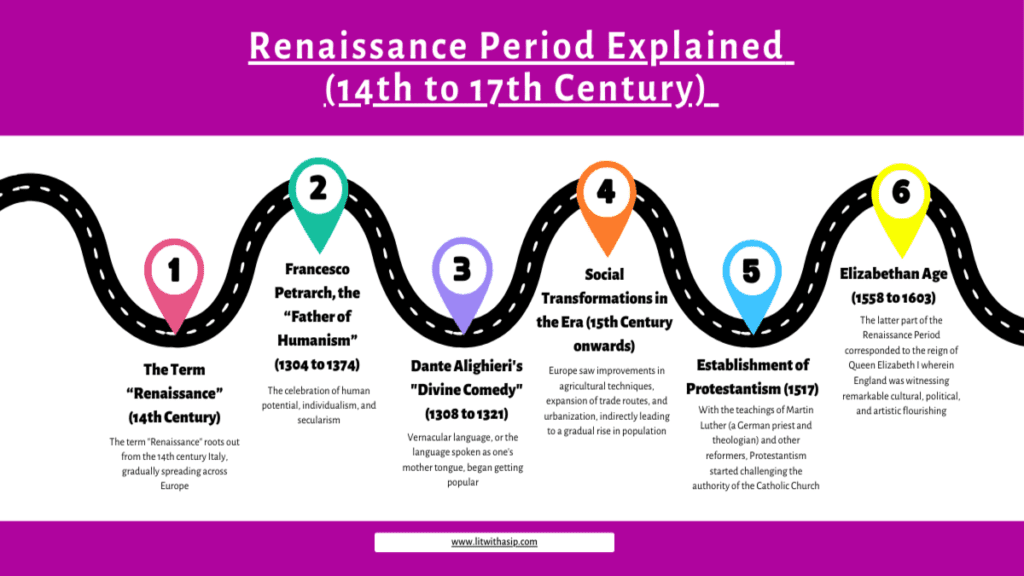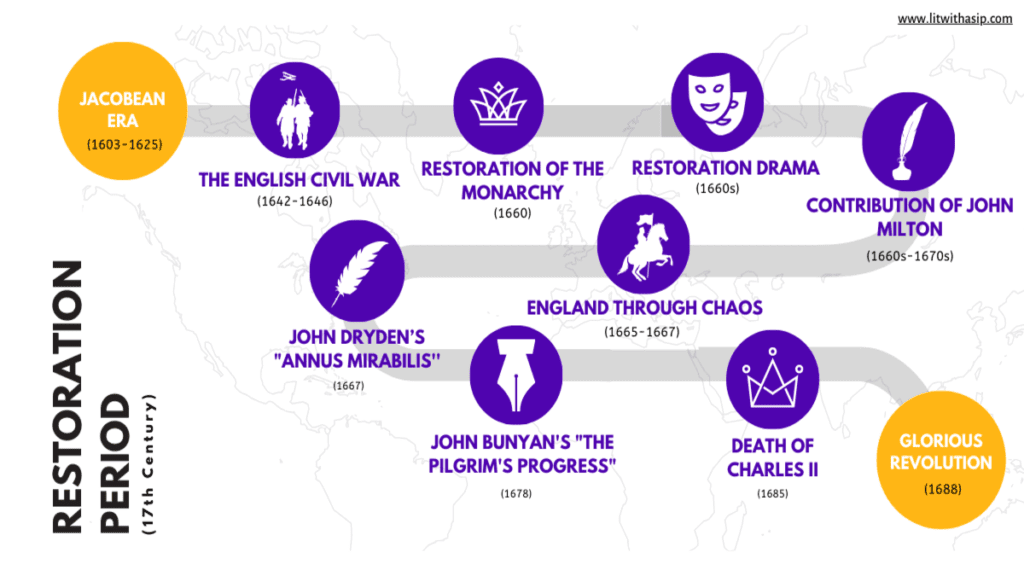Introduction
The Middle English Era, also popularly known as the Age Of Chaucer, roughly spans from the Norman Conquest in 1066 to the 15th Century. It is a fascinating era to study as it deeply represents the evolution of English Literature through multifaceted aspects that were impacting society then. A major portion of this era is named after the renowned poet and author, Geoffery Chaucer, also called the ‘Father of English Literature’, who led the literary legacy and made the English language stand out.
Broadly, this Era can be segregated into three different sub-eras, namely, the period before Chaucer (1066-1300), the Age of Chaucer (1300-1400), and the Age of Revival or the period after Chaucer (1400-1550).
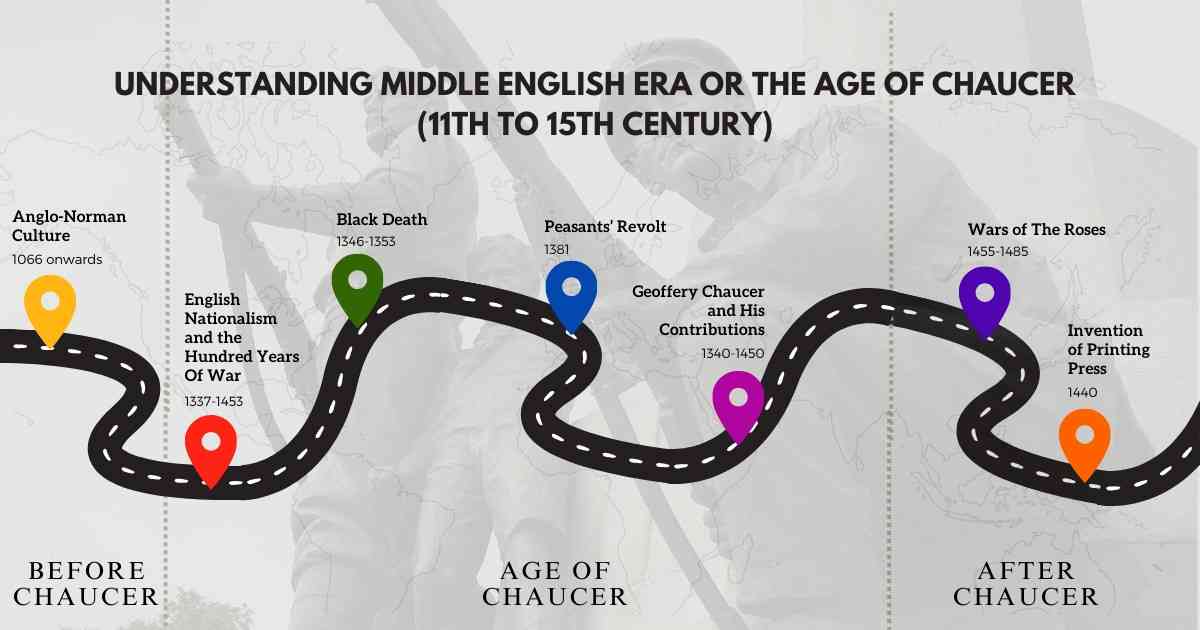
We will study all these periods one by one in this article, while also understanding the happenings sequence-wise.
Before Chaucer
The Anglo-Norman Culture (1066 onwards)
The Old English or Anglo-Saxon Era ended with the Norman Conquest of the 11th Century where William, the Duke of Normandy, defeated King Harold II at the Battle of Hastings in 1066 through Norman victory. William the Conqueror established himself as the ruler of England, leading to the introduction of Roman civilization and 200 years of French domination. The original English culture was then deeply affected by the Norman way of living. The various ways in which Anglo-Norman culture persisted have been described as follows:
- A new ruling class was imposed with newer rules and regulations transforming the country socially and politically. The French Language became the language of the ruling class and the administration. Whereas, English remained the language of the common people, thus defining the social strata.
- The impact of French on English was remarkable, leading to even cultural and linguistic confusion at times. In spheres like law, government, cuisine, art, and literature, French loaned numerous words to English such as, “government,” “jury,” “castle,” “royalty,” “beauty,” “color,” “art,” and even “poetry”. Various French terms were used as titles of nobility such as “Seigneur or Sieur”, “Prince”, “Duke”, “Comte”, “Vicomte” and “Baron”.
- French influenced traditions of English Literature through courtly romances, epic poetry, and other literary forms. English writers were significantly impacted, such as the style, themes, and conventions of literature. Gallantry was a very important theme reflecting the valor and honor expected of the knights and presenting them with gratitude and courtesy, in return. The literary works also focused on the spirit of romance and sympathy for women and the poor.
- Orthography (conventional spelling system of any language), as well as Phonology (way of pronouncing words) of English, was also influenced by French scribes. Normans preferred Latin alphabets and spellings, which further consolidated French spelling conventions. Phonetic development in the Middle English Era led to the loss of certain Old English sounds. During th is era, the society was multilingual. Alongside Middle English Era Period, Latin, Anglo-Norman French, and Old Norse were also commonly spoken and written languages.
- From the religious perspective, the construction of grand Norman cathedrals, such as Canterbury and Durham, symbolized the power and influence of the church in Anglo-Norman society. Norman bishops replaced Anglo-Saxon clergy and certain implications were enforced against the English Church.
- The Anglo-Norman cuisine reflected the fusion of French and English culinary traditions. It was also evident through the baking and roasting techniques and the dining customs observed then. The aristocratic culture emphasized showcasing wealth, hospitality, and social status.
- Over time, the Normans intermarried with the native Anglo-Saxon population, leading to the blurring of cultural and ethnic boundaries. To some extent, this assimilation brought a sense of oneness and collective identity.
Middle English Era Age Of Chaucer
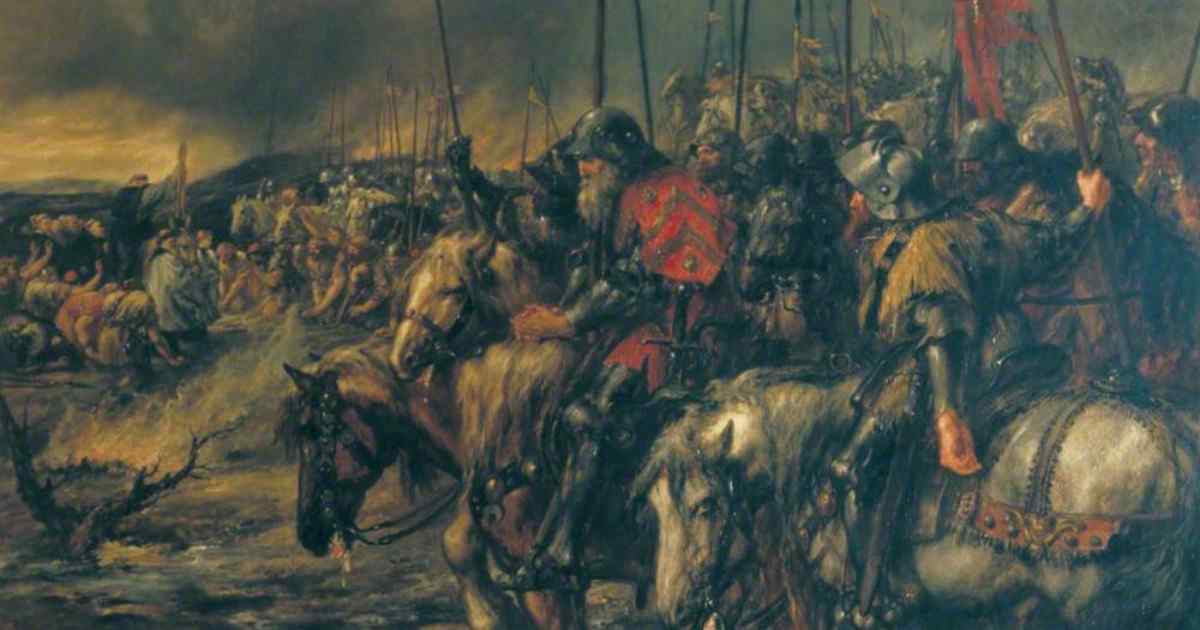
English Nationalism and the Hundred Years Of War (1337-1453)
While the assimilation between the Normans and original Anglo-Saxons was working well, various circumstances led to the gradual awakening of Middle English Era Nationalism. Linguistic evolution, political developments, and cultural expression over the years had started ripping off the indigenous identity of the Anglo-Saxons. England also started receiving external threats from neighboring kingdoms and invasions from external powers. Through these events, a sense of English Nationalism was awoken leading to the Hundred Years of War with France and periodic incursions by the Scots and Welsh.
The Hundred Years’ War, a series of conflicts between England and France, commenced when King Edward III of England (reigned 1327-1377) disputed with Philip VI of France (reigned 1328-1350) over feudal rights regarding Gascony and trade relations with the Low Countries. The battle marks one of the most important happenings in history especially because it spanned for over a century, from the 14th to 15th century.
The war’s prolonged and bitter nature was unexpected, but it stemmed from a fundamental struggle for supremacy. Complicated issues, including Middle English Era language territorial claims in France, disputes over the succession to the French throne, legal conflicts, commercial competition, and a desire for plunder, all contributed to its intensity and duration.
The battle often coincided with periods of conflict with neighboring countries, majorly including Scotland and Wales. These conflicts were separate from the Hundred Years’ War but were part of the broader geopolitical tensions that shaped the military and political history of medieval Britain.
Remarkable strategic deployment of the longbow, a weapon that profoundly influenced the course of medieval warfare, was observed. Employed extensively by English forces, the longbow’s effectiveness lay in its range, accuracy, and rate of fire. Trained archers, often recruited from the Middle English Era peasantry, could unleash a relentless barrage of arrows capable of piercing armor and causing devastating casualties. This strategy enabled English armies to overcome heavily armored opponents through ranged weaponry, proving the power of innovation and effective military tactics.
At length, various treaties like the Treaty of Picquigny in 1475 were signed and political developments concerning the Throne of France were made to announce peace and harmony between England and France. However, recurrent conflicts and tensions between the two nations persisted for years to come.
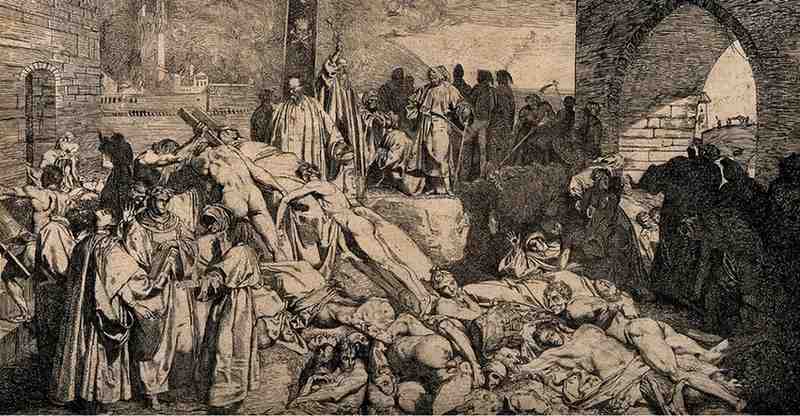
Black Death (1346-1353)
The Black Death, one of the deadliest pandemics in human history, struck Europe in 1346 and spanned broadly till 1353. It caused widespread devastation and gigantic loss of life. It is believed that the pandemic originated in Central Asia. From there, the disease spread speedily along trade routes, reaching Europe in 1347.
This bubonic plague was characterized by fever, lymph nodes, and other gruesome symptoms. The plague devastated various communities, wiping off populations and instilling great fear and panic. Middle English Era Estimates suggest that the Black Death killed about one-third of Europe’s population, leading to economic upheaval, social dislocation, and religious turmoil.
Alongside the staggering human cost, the Black Death also caused labor shortages, rising taxes imposed on workers, and shifts in power dynamics between feudal lords and peasants. While the plague was scaring the nation, it should be noted that the ongoing wars were only making it worse, especially for the working class. The plague’s consequences endured for generations, shaping the course of European history and leaving a scar on the collective memory of humanity.
Peasants’ Revolt (1381)
In the Middle English Era, a social, economic, and political system called Feudalism prevailed. It dominated medieval Europe, particularly from the 9th to the 15th centuries. It was characterized by a hierarchical structure of land ownership and obligations between lords and vassals. Land was the primary source of wealth and power. Kings or monarchs granted parcels of land to nobles, knights, or other vassals in exchange for military service, loyalty, and other obligations. These vassals, in turn, could subdivide their land and grant portions of it to lesser vassals, creating a pyramid-like hierarchy of landholding.
The Peasants’ Revolt of 1381 serves as a landmark, representing a bold challenge to feudal authority by England’s peasants. Given the war and pandemic together, peasants were the ones who faced a lot of adversities on financial, occupational, and social fronts.
Grievances over oppressive taxes, serfdom, and labor conditions erupted the Peasants’ Revolt, a widespread rebellion across England. The peasants and commoners rose against their feudal overlords and openly opposed the injustice they were imposing on the working class. The leading figures of the revolt were Wat Tyler and John Ball. The rebels marched on London, demanding an end to feudal oppression and the abolition of serfdom.
Although the revolt was ultimately suppressed by royal forces, the rebellion sent shockwaves through English society, sparking debates about the rights and responsibilities of the peasants. While the immediate impact of the revolt was limited, its effect was long-lasting. It influenced the later movements for social and political reform and contributed to the gradual erosion of feudalism in England.
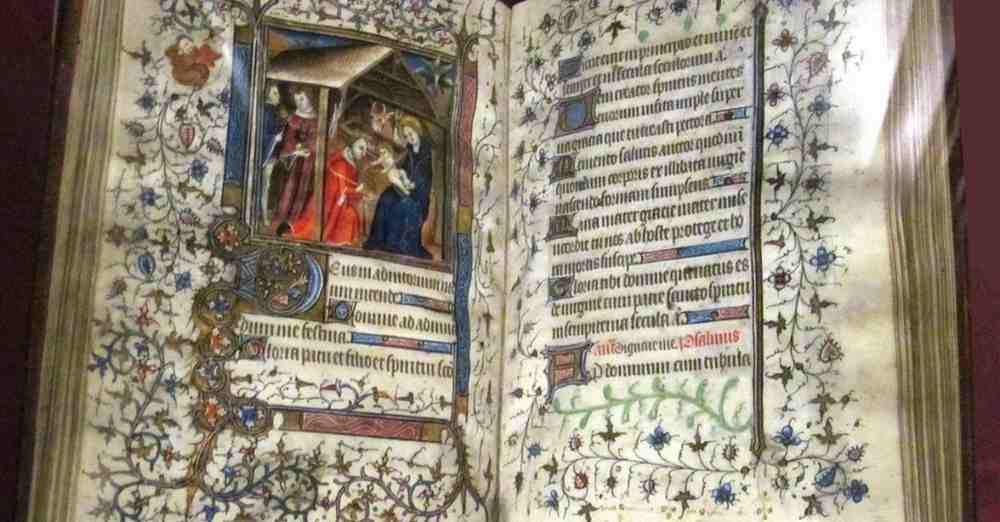
Geoffery Chaucer and His Contributions (1340-1450)
Geoffery Chaucer, an eminent English poet and writer, was born in London somewhere in the 1340s. The exact year of his birth is not known. He was born in a turbulent era when a lot of upheaval was going on in England. He had also participated in the Hundred Years War. Throughout his life, he traveled extensively, got to know about people and their experiences, and tried converting those stories into his work ‘Canterbury Tales’.
‘Canterbury Tales’, as the name might suggest, was not prose but poetry written in Middle English Era. This work marks great significance in Literature as a classic depicting social class, cultural values, and political dynamics of 14th-century Britain. It reflects the human behavior, mindset, and way of living prevalent at that time. Societal instability is very well portrayed and so is the chaos caused by the Black Death and Peasants’ Revolt.
Chaucer had planned about 120 stories with 30 pilgrims on their way to and way back from the shrine of Thomas Becket in Canterbury, Kent. He started writing in 1387 and was able to write only 24 stories before he died in 1400. Some of the tales in the ‘Canterbury Tales’ included ‘The Wife of Bath’s Tale’, ‘The Cook’s Tale’, ‘The Monk’s Tale’, ‘The Tale of Sir Thopas’, ‘The Man of Law’s Tale’ and others.
Apart from this masterpiece, Chaucer’s other creations include ‘The Parliament of Fowls’, ‘Troilus and Criseyde’, ‘House of Fame’, ‘Anelida and Arcite’, and more. Through his works, Chaucer not only portrayed the reality of the era and its events but also helped preserve the essence of Middle English Era in Literary History. His contribution and impact were so powerful that he came to be known as the “Father of English Literature” as well as the “Father of English Poetry”. He was also in the good books of King Charles III.
Chaucer introduced Rhyme Royale, a rhyming stanza form, into English Literature. This form gained popularity in the 15th century and is said to have inspired later writers like Lord Milton and William Shakespeare until it slowly disappeared in the 18th century. He was so famous that the group of 15th and 16th-century Scottish poets who wrote under his influence came to be called the ‘Scottish Chaucerians’. Chaucer is also the first poet to be buried in Poets Corner in Westminster Abbey, a very famous religious building important to British History.
After Chaucer
Wars of The Roses (1455-1485)
In the 15th Century, a series of dynastic conflicts took England over, called the Wars of Roses. There were bitter rivalries between the Houses of Lancaster and York who aimed to have authority over the English throne. These civil wars were also caused by underlying tensions over governance and land ownership.
Quite ironically, the symbolism of these wars is what interests us in their names. This is because while the Lancastrians identified themselves with the red rose, the Yorkists used a white rose to represent themselves. Roses are, otherwise, used to represent love and peace. But, these wars were recognized by a series of battles, political intrigues, and shifting alliances.
Ultimately, the conflict ended with the Battle of Bosworth Field (1485), where Henry Tudor, representing the Lancastrian claim, defeated Richard III, the last Yorkist king. This victory led to the establishment of the Tudor dynasty and marked the end of the Wars of the Roses. A new era of stability under the rule of Henry VII was positioned. However tumultuous the legacy was, it helped declare England into a unified and centralized nation-state.
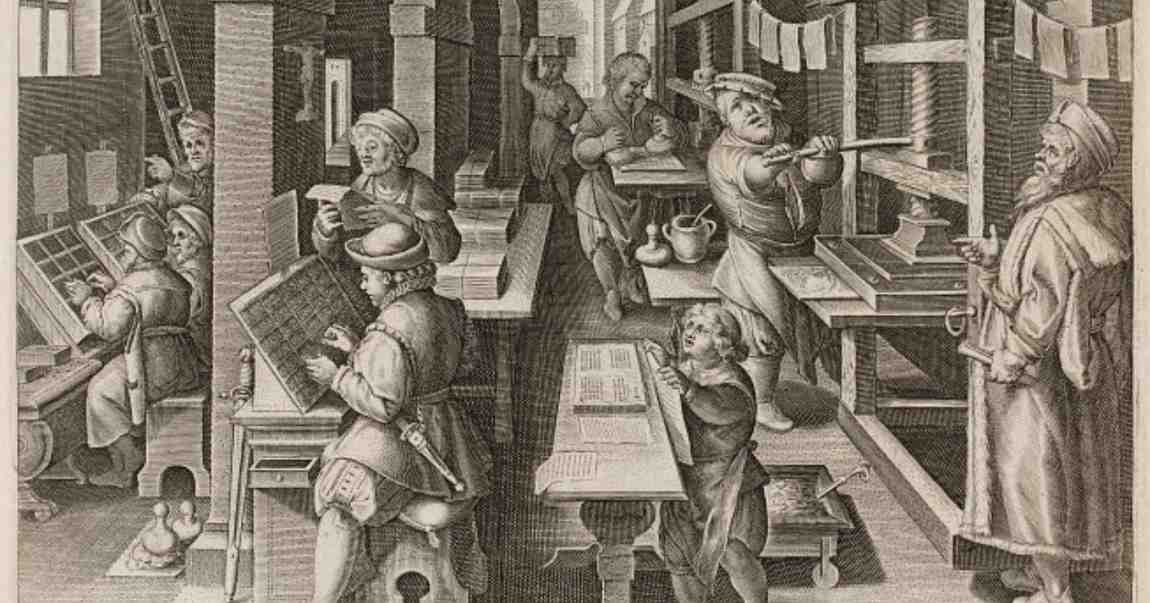
Invention of Printing Press (1440)
The invention of the printing press by Johannes Gutenberg in the mid-15th century played a pivotal role in the Middle English era. It revolutionized the dissemination of knowledge among the masses and enabled the spread of education beyond the aristocrats to the commoners.
Before the invention of the printing press, books were painstakingly copied by hand, limiting access to literature and religious texts. With the printing press, mass production of books became possible, leading to greater availability of literature, including vernacular works such as that of Geoffrey Chaucer and the printed editions of English classics by William Caxton.
One of the most significant publications of the era was the printing of the Bible in English, notably by William Tyndale. With the religious transformational wave already blowing, the scripture became accessible to a wider audience and contributed to the spread of literacy and religious reform. The printing press has been a very important invention in literary history that democratized knowledge, grew literacy, and enabled the flourishing of written works, leaving a lasting impact on Western culture.
Conclusion
In conclusion, the Middle English Era prepared a groundwork for the Renaissance period through the kind of intellectual flood that was witnessed towards the end of the Era. The Medieval English period consisted of numerous social and political transformations and served as a legacy to remember in the coming eras of English History.
On the political front, Queen Elizabeth I ascended the throne leading to a remarkable era of stability, prosperity, and cultural flourishing known as the Elizabethan Age, a part of the Renaissance period. England experienced a revival of classical learning and humanist ideals establishing grounds for an age of Middle English Era history like never before.

Jennis Jacob, a passionate literary enthusiast in her 20s, is a writer and poet. With eight years of experience in literature, she is currently a master in English and finds inspiration in Womanist, American, and Indian Partition Literatures. Her works have appeared in anthologies such as ‘Carved Words Of Creative Minds’ and ‘100 Splendid Voices,’ and she is working on upcoming books. Through LitWithASip, she aims to ignite a love for literature and empower individuals to embrace their true selves.
